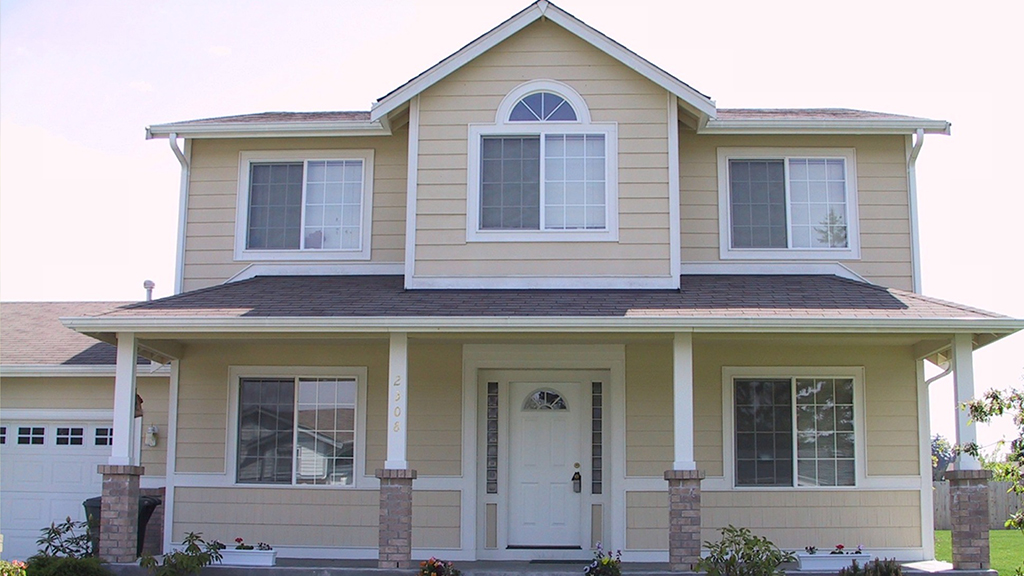How to Facilitate Friendships for Transition Aged Youth (14-22)

We often hear people comment that neighborhoods aren’t what they used to be, that the interactions that were once commonplace are now rare. But some neighborhoods are still neighborly! If you can choose where you live, be cognizant of that. But if you can’t move, don’t despair!
Suggestions for involvement in the neighborhood:
- Seek out your neighbors.
- Find out what other young people go to your child’s school (because so many students still get shipped “out of district” for school, this can really be a problem for making friends).
- Get involved in neighborhood groups where you can meet families with youth of similar age.
- Be the home in the neighborhood that other youth want to come to; create a neat family room, have lots of games, make it a destination that can fill your child’s life.
Connecting Where Transition Aged Youth Learn
Our youth with disabilities are often educated in “special” schools far from the local public schools, making it difficult to establish relationships with their peers who do not have disabilities. Even if attending the local public school, classrooms may be totally or substantially separate, denying opportunities for friendships except with other kids with disabilities. And, even if we THINK our kids are included in school activities with kids without disabilities, we may be shocked to find out that our expectations are not the reality.
Suggestions for building relationships at school:
- Advocate for the fullest inclusion possible.
- Regularly observe your child at school.
- Ask if teachers can “map” interactions they observe between your child and others.
- Investigate school-sponsored clubs, after-school events, etc.
- Don’t overlook the possibility of college programs for older youth in transition. Think College at the Institute for Community Inclusion has a list of resources.
- Click here to view a film from Think College about college for students with intellectual disabilities.
- Read more about the College programs being offered for students with intellectual disabilities


Connecting Where Transition Aged Youth Work
It is still too common for our youth with disabilities to transition from school to sheltered work, instead of into REAL work in the community. But for those who do find regular jobs, with or without support, there’s a good chance that they will make some connections with their peers without disabilities.
Check out our Resources page for Employment related resources.
Connecting Where Transition Aged Youth Play
In addition to informal interaction that happens and can be encouraged in the neighborhood, our youth should be supported to participate in a host of recreational opportunities where people with and without disabilities can participate together.
Check out our Resources page for a list of Recreation activities to participate in.

Get the latest news directly to your inbox
Sign up for the latest news, events, and ways you can get involved with The Arc.
By submitting your email you agree to The Arc terms



